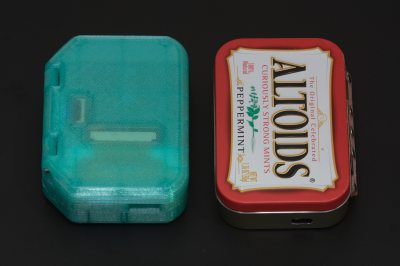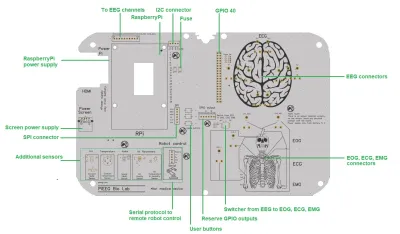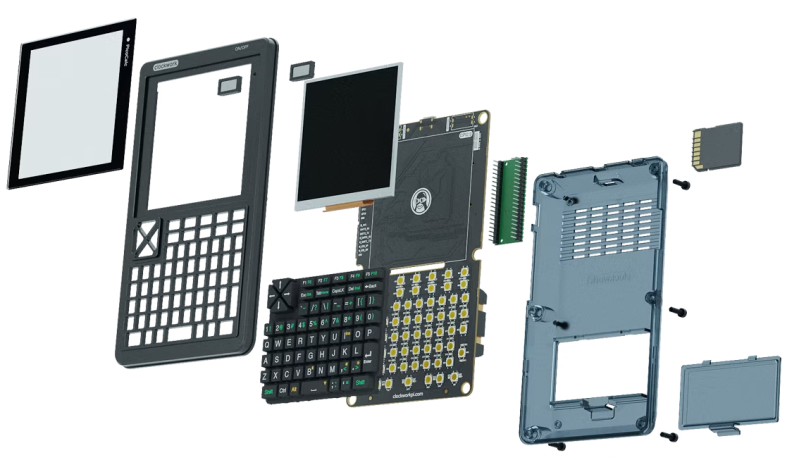Recently Raspberry Pi publicly announced the release of their new rpi-image-gen tool, which is advertised as making custom Raspberry Pi OS (i.e. Debian for specific Broadcom SoCs) images in a much more streamlined fashion than with the existing rpi-gen tool, or with third-party solutions. The general idea seems to be that the user fetches the tool from the GitHub project page, before running the build.sh script with parameters defining the configuration file and other options.
The main advantage of this tool is said to be that it uses binary packages rather than (cross-)compiling, while providing a range of profiles and configuration layers to target specific hardware & requirements. Two examples are provided in the GitHub project, one for a ‘slim’ project, the other for a ‘webkiosk‘ configuration that runs a browser in a restricted (Cage) environment, with required packages installed in the final image.
Looking at the basic ‘slim’ example, it defines the INI-style configuration in config/pi5-slim.cfg, but even when browsing through the main README it’s still somewhat obtuse. Under device it references the mypi5 subfolder which contains its own shell script, plus a cmdline.txt and fstab file. Under image it references the compact subfolder with another bunch of files in it. Although this will no doubt make a lot more sense after taking a few days to prod & poke at this, it’s clear that this is not a tool for casual users who just want to quickly put a custom image together.
This is also reflected in the Raspberry Pi blog post, which strongly insinuates that this is targeting commercial & industrial customers, rather than hobbyists.




















